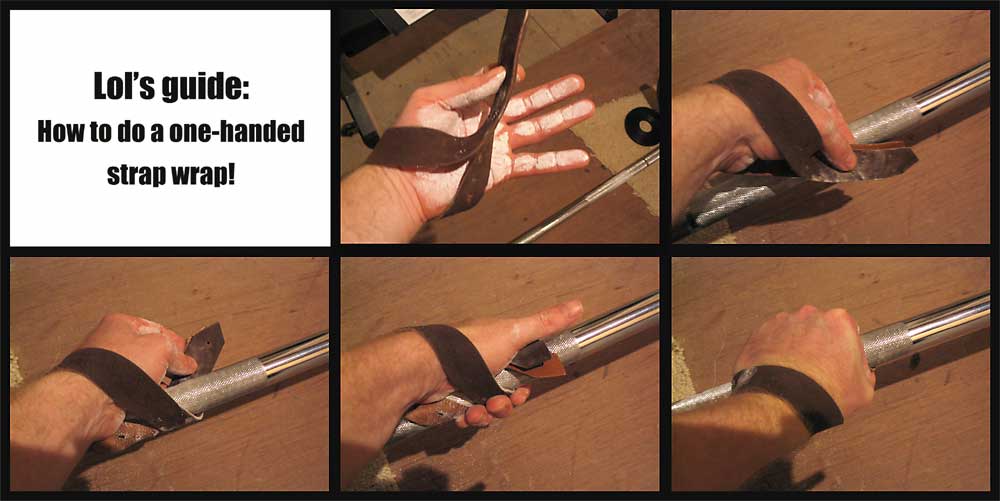<div></div><div id="QUOTEHEAD">QUOTE</div><div id="QUOTE">I wonder why he didn't even hit on BB shrugs? </div>
Never heard of them. I've seen people do shrugs where they roll their shoulders. I think I saw that in a Weider mag when I was a teen. Years later I saw it written that this kind of thing can cause injuries, and that it was not optimal for muscle building. I found a book on Amazon.com once:
Kelso's Shrug Book.
Its like 10 bucks.
I've been reading Poliquin lately, here's what he had to say about shrugs, from T-nation.com:
<div></div><div id="QUOTEHEAD">QUOTE</div><div id="QUOTE"> The Best Trap Exercises
Q: Every bodybuilder I know does shrugs for traps, but I read that the explosive Olympic-style lifts are actually better. Which is it?
A: For ultimate trap development, use both. The thing with barbell shrugs though, is that most people limit their range of motion. If you're going to do shrugs, it's best to do them with a dumbbell one arm at a time so the trap can have a few inches more range. Do three weeks of that, then alternate it with an Olympic-style lift such as power cleans or power snatch. </div>
Range of motion comes up often in his bodybuilding thinking.
The two-part shrug series on T-nation is worth the time to read it, IMO. Heck, sometimes I'll skip through all but the last sentence of an abstract. That's how I know I'm not in the mood to read.


